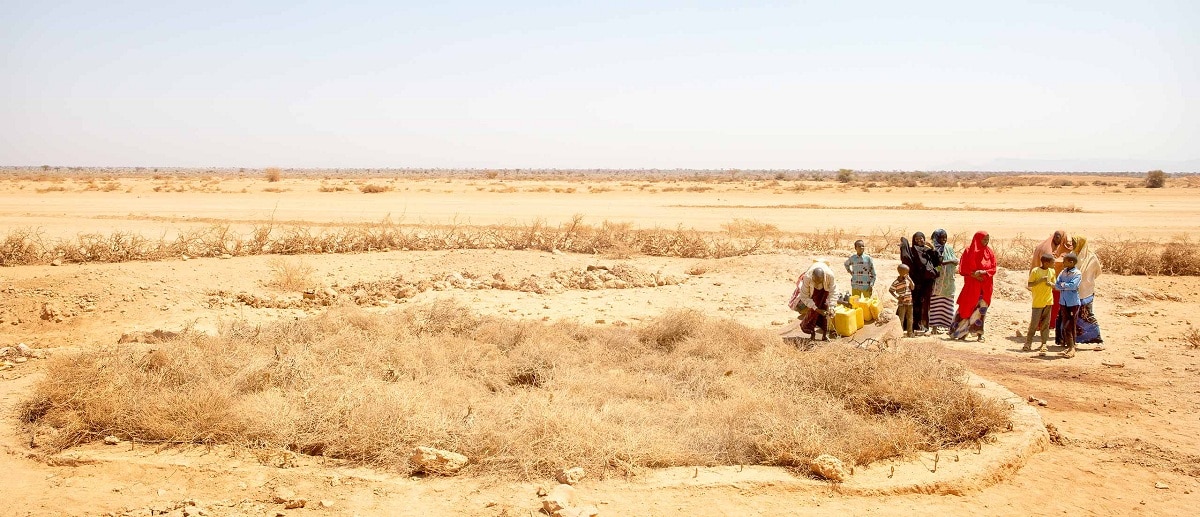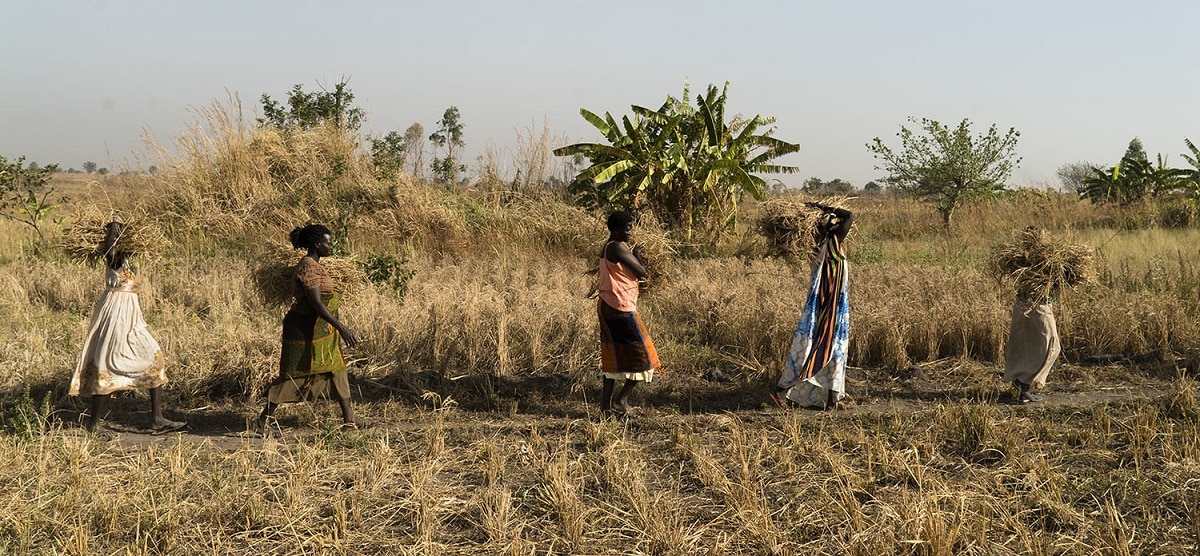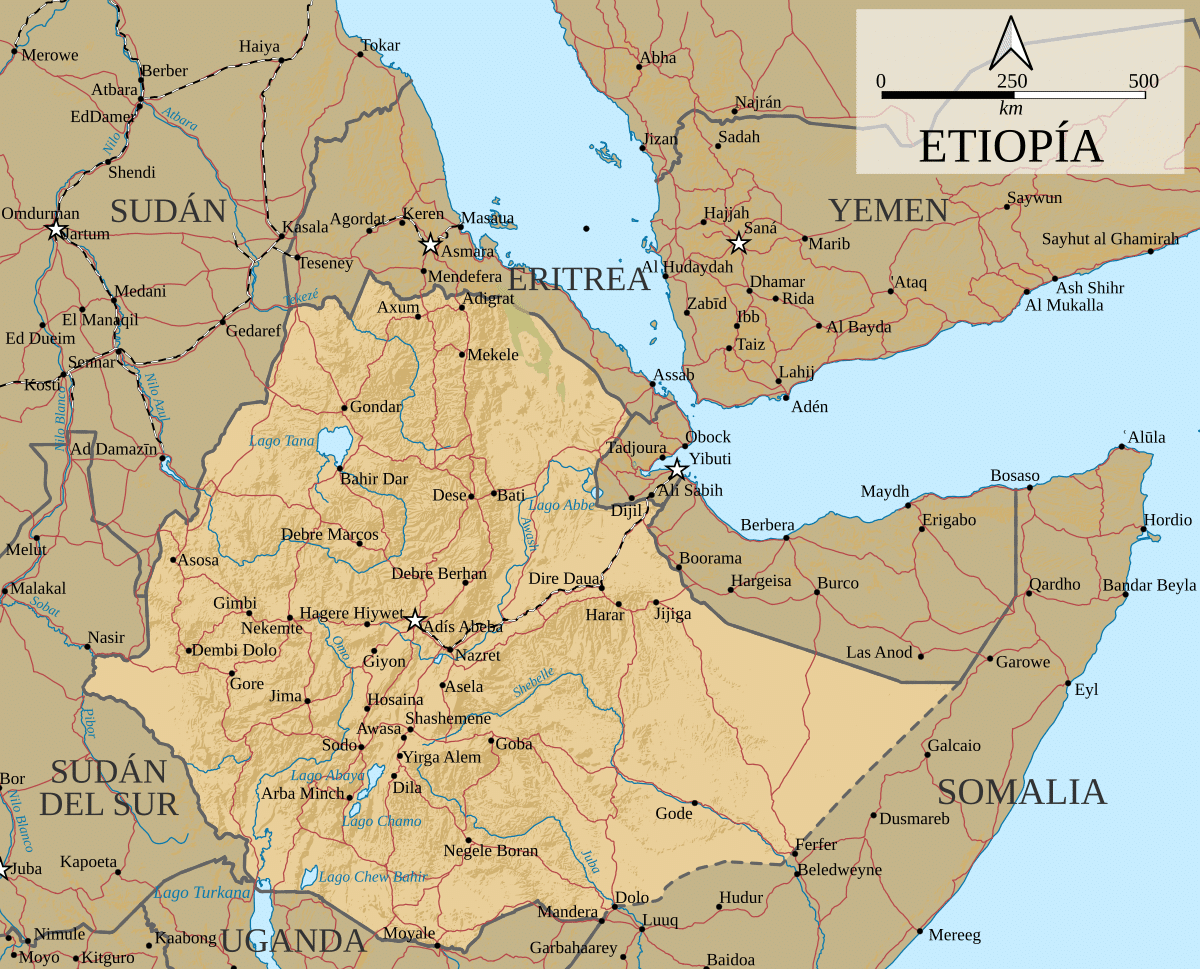
El Horn of Africa It is a large expanse of land that juts out from the easternmost point of the African continent. It lies between the Indian Ocean in the east and the Gulf of Aden in the north, stretching hundreds of kilometers into the Arabian Sea. Overall, the Horn of Africa is estimated to cover an area of more than 772,200 square miles, most of which have a semi-arid to arid climate. Despite the harsh living conditions in many parts of the region, it has recently been estimated that the population of the region is approximately 90,2 million.
In this article we are going to tell you everything you need to know about the Horn of Africa, its characteristics, economy and curiosities.
What is the horn of africa and where is it located

The region is located in West Africa and is considered one of the poorest regions in the world. Hunger has always threatened human life. This is believed to be the place where humanity originated.
The Horn of Africa is located in the southern part of the African continent and is one of the most unstable regions in the world. It is made up of eight different countries: Eritrea, Ethiopia, Kenya, Somalia, Sudan, Uganda, South Sudan, and Djibouti. It is an area of interest for the European and American powers because its location is of strategic importance for maritime trade, oil tankers and cargo.
The Horn of Africa is named after its triangular shape. Its history dates back to the African countries located in Ethiopia, Eritrea and Yemen, and it developed between the XNUMXrd and XNUMXth centuries. In ancient times, it was also used as a source of biological resources, through expeditions to explore myrrh, frankincense, and spices. The region is currently considered to be in a protracted crisis. Despite the importance of the population, two major wars took place there, the war between Ethiopia and Somalia, and the war between Ethiopia and Eritrea.
The area is often affected by droughts or floods and the humanitarian crisis in the area is very serious. Between 1982 and 1992, hunger and the war have killed approximately 2 million people.
Key features

The most outstanding characteristics of the Horn of Africa are the following:
- The main difference is that there are arid plains and lowlands called the Ethiopian Highlands, which are divided into two parts by rift valleys.
- Currently, the horn has a lot of vegetation, such as heather, grass, and small yellow flowers commonly known as St. John's wort.
- Although most of the region is semi-arid or arid, the rift valley is marked by a series of mountains and mountains.
- The Simien mountain range is one of the largest and most important mountain ranges that we can find.
- Although many animals use this area as their home, the combination of a harsh landscape and climate creates a difficult environment for animal reproduction.
- There are more native reptiles in the Horn of Africa than in any other part of the African continent.
- Access to water is a stimulus for wildlife in the plains, because most of the Horn of Africa receives very little annual rainfall.
- In the western and central parts of Ethiopia and the southernmost areas of Eritrea, the heavy rains of the monsoon season increase annual rainfall.
The Horn of Africa is made up of the following countries: Eritrea, Ethiopia, Kenya, Somalia, Sudan, South Sudan, Uganda, and Djibouti.
Economy and conflicts in the Horn of Africa

The economic crisis in the Horn of Africa was mainly due to the successive droughts that affected it, which caused the worst food crisis ever the country has lived and caused the first famine of the XNUMXth century. Food shortages cause disease and low response capacity, and difficult access to roads and neighbors trying to flee cause overcrowding with serious consequences.
Among the countries that make up the Horn of Africa, Ethiopia has become the most important country due to its demographic status, economic development and role as a stabilizer in the region. It is the second most populous country in the Horn of Africa and the main driver of stability in the Horn of Africa. It is worth mentioning that Ethiopia has become in one of the fastest growing economies in East Africa.
The region has been in crisis. Different ethnic groups compete for resources and space. The ongoing war in the area has caused thousands of deaths, which means that the country does not have any type of national government to guide them.
Among the conflicts in the colonies, we can mention:
- The First Italo-Ethiopian War
- Dervish resistance
- The Second Italo-Ethiopian War
During the First World War, the East African campaign took place in the Horn of Africa; during World War II there was also the East African campaign. Different conflicts have also occurred in the place in modern times, for example:
- Eritrea War of Independence
- Ethiopian civil war
- Ogaden War
- Djiboutian civil war
- Ethiopian and Eritrean War
- Somali civil war
Famine and piracy
The food crisis in the Horn of Africa is listed as famine and is considered the worst since the 1960s. The United Nations organization declared the area on red alert, and it is understood that about a million people died of hunger. Lack of international assistance, national security problems and conflicts make it difficult for humanitarian response and assistance to emerge.
Drought is one of the main problems, some places have not rained for about two years. This can lead to loss of livestock and crops, which can lead to famine and disease.
Experts believe that if urgent action is not taken, the famine will spread to other countries that make up the Horn of Africa. The desnutrition, the high prices of some products and the intervention of rebel groups have plunged the region into more and more crisis every day.
This is an ongoing problem and threat in international shipping and fishing activities there. It has sent military patrols together with the United States on behalf of the European Union. Since 2011, although there has been a decline, the problem has not been completely eradicated.
I hope that with this information you can learn more about the Horn of Africa and its characteristics.